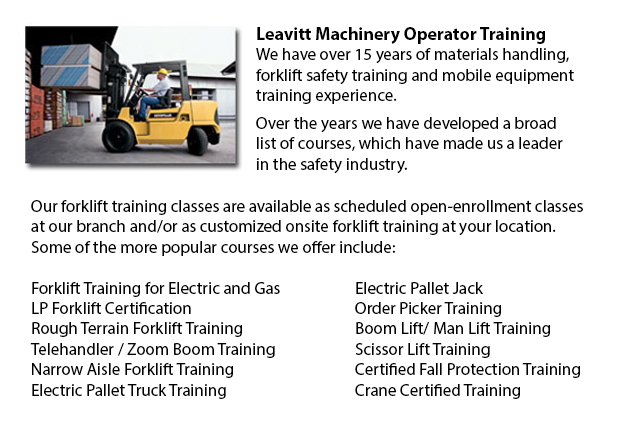
Hyster is well-known as a world leader in lift trucks. However, it began as a producer of lifting machines as well as winches. Most of its production was focused in the Pacific Northwest and dealt mostly with the wood and logging industry. A couple years after the 1st forklift trucks were invented Hyster became synonymous with quality production. Over the last 80 years Hyster has continued to get bigger and increase its product line. The growth of its products coupled with its wish to stay service oriented has allowed Hyster to develop into the intercontinental participant it is in the present day.
Through the three decades between the 1940's and 1960's, Hyster made substantial strides on its pathway to becoming the worldwide leader in the forklift industry it is nowadays. In 1946, Hyster opened a plant in Danville, Illinois that was completely dedicated to mass manufacturing trucks. This allowed Hyster to drive its expenses down and, at the same time, offer a better quality product at industry competitive rates. In 1952, Hyster began its first foray in to the international production market through opening its first plant in the Netherlands. The Netherlands plant was originally designed to produce two products: Hyster 40" and the Karry Kranes.
Hyster, along with the whole forklift industry, continued to spread out into different product lines throughout the 1950's and 60's. They began constructing container handlers in the US in 1959 to satisfy the ever growing demand for transportation goods. In 1966, Hyster developed a process for allowing a lift truck to go both ahead and backwards using the same pedal. This pedal was known as the Monotrol pedal, which revolutionized the industry. Later on in the decade Hyster opened a R&D centre in Oregon that was focused on enhancing the design and functionality of lift trucks. The centre is still one of the world's best testing facilities in the materials handling industry.
In the 1960's Hyster experienced rapid growth. Much of the business was shifting towards mass production. To keep up with the times Hyster was inclined to concentrate on the evolution of these mass markets. As a result, in 1970, the XL design philosophy was born. The XL design philosophy allowed Hyster to provide superior quality at a more inexpensive price. A further expansion in production capabilities was necessitated by the need in Europe for Internal Combustion Engine Vehicles. To fill this gap, a plant in Craigavon, Ireland was opened in 1980. Through the eighties Hyster continued to focus on developing industry leading forklifts. The Hyster company name was known throughout the world for its commitment towards quality. This attention to excellence produced a lot of suitors for the company. In 1989, a large international company based in Ohio called NACCO Industries purchased Hyster and started an aggressive expansion strategy. NACCO rapidly changed the XL philosophy with a more driver oriented forklift that concentrated on operator comfort, which is identified as the XM generation of forklifts.
The evolving requirements of Hyster's clientele, led by changes in supply chain management, required Hyster to continuously innovate and invest in modern manufacturing technologies during the next few decades. Acquisitions and investments were made in the United States, Italy, Netherlands, and numerous other places throughout the globe. All of these investments have made Hyster a worldwide leader in the lift truck market. In 2009, Hyster celebrated its eightieth anniversary as an industry leader of materials handling equipment, which includes over 300 assorted models of lift trucks.
-
Crown Forklift
More -
Toyota Forklift
In the United States, Toyota Materials Handling inc., or TMHU, continues to be the top selling lift truck dealer since 1992. This company has been based out of Irvine, California for well over 40 years, providing a comprehensive line of quality lift... More -
Boom Lifts
Boom lifts are machinery that has a platform that can be lowered or lifted to different heights, therefore making this piece of machinery an important necessity in a wide range of professions. Accessible in many different particular types such as aer... More -
Clark Forklift
Currently, there are at least 350,000 Clark forklifts performing globally, and more than 250,000 in use in North America alone. With five main lines across the world, Clark is proud to be one of the most expansive companies in the industry. Heavy dut... More -
Genie Forklift
Genie is a universally recognized corporation that enjoys the spirit of alliance with their sizable network of allied customers. Genie Industries prides itself on the intention of bringing materials and people higher and extending beyond the products... More

Forklift Training Langley
TOLL FREE: 1-888-254-6157
Langley, British Columbia
forklifttraininglangley.com
Email Us
About Us


